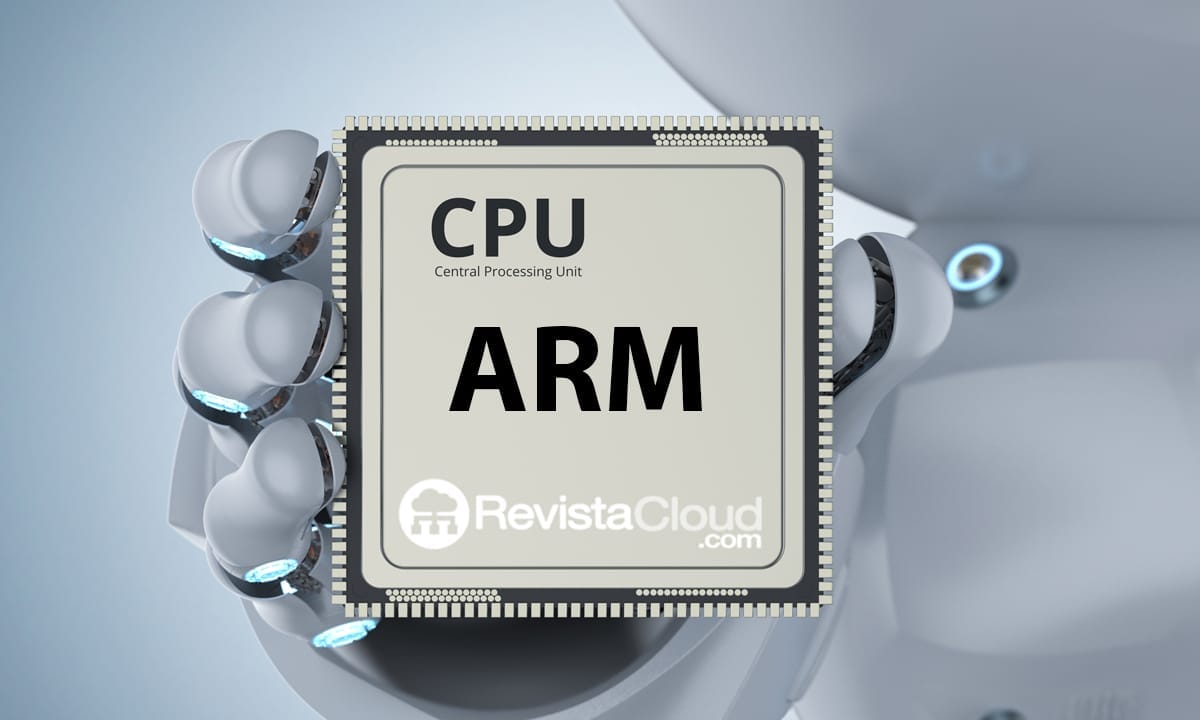Nvidia surprised attendees at the SC24 event with a glimpse into the origins and evolution of Project Denver, its first CPU designed for ARM servers and devices. As revealed by Dave Ditzel, founder of Esperanto Technologies, this project started as an x86 CPU before transforming into an ARM processor due to legal and strategic issues. These statements offer a unique perspective on the path that led Nvidia to become a leader in the ARM ecosystem.
From x86 to ARM: The Origins of Project Denver
Initially, Project Denver was conceived as an x86 processor, with Nvidia leveraging the low-power technology of Transmeta, a company known for its innovative x86 CPU designs. Transmeta’s Tokamak technology could translate x86 code into a RISC instruction set. Nvidia adopted this technology, but due to legal and licensing restrictions, it decided to abandon x86 and redirect the project towards the ARM architecture.
The Denver processor was officially announced in 2011 and launched in 2014. This chip combined a hardware decoder with a software binary translation layer, allowing for efficient execution of ARM-based code. However, despite generating significant anticipation, it faced difficulties due to the limited adoption of ARM servers at the time.
The Legacy of Project Denver
Although Denver did not achieve significant impact in the server market, its technology was integrated into Nvidia’s Tegra SoC line, including the Tegra K1 and Tegra X2 models. Nvidia later refined the design with the Carmel architecture, used in the SoCAn SOC, short for Security Operations Center… Tegra Xavier, which combines custom ARM cores with an Nvidia Volta GPU and other specialized accelerators.
The development of Denver laid the groundwork for Nvidia’s future advancements in the ARM space, culminating in its Grace CPU, designed specifically for artificial intelligence applications and high-performance computing. This progress also aligned with Nvidia’s failed attempt to acquire ARM, blocked by international regulators.
The Future of Nvidia in the CPU Market
The story of Project Denver underscores the challenges Nvidia faced when entering a market dominated by Intel and AMD, both with decades of experience in x86. However, it also highlights Nvidia’s ability to adapt and thrive in the competitive ARM ecosystem, which is now considered a key alternative to x86.
With the launch of processors like Grace and its focus on infrastructure for artificial intelligence, Nvidia aims to expand its presence in sectors such as data centers, mobile devices, and high-performance computing. These initiatives reinforce its commitment to combine technological innovation with strategies that enable it to compete with established giants.
ARM and RISC-V: The New Battlefield
During the SC24 event, Dave Ditzel also emphasized the potential of RISC-V as an open alternative to ARM and x86. Nvidia, which has already shown interest in RISC-V, could benefit from the flexibility and reduced legal restrictions of this architecture, especially at a time when the demand for hardware customization and efficiency is on the rise.
Conclusion
Project Denver marked an important chapter in Nvidia’s history, not only as a technological experiment but as a precursor to its current leadership in ARM architectures. With the insights gained from this project, Nvidia continues to move towards a future where customized computing and artificial intelligence are at the core of its strategy.

